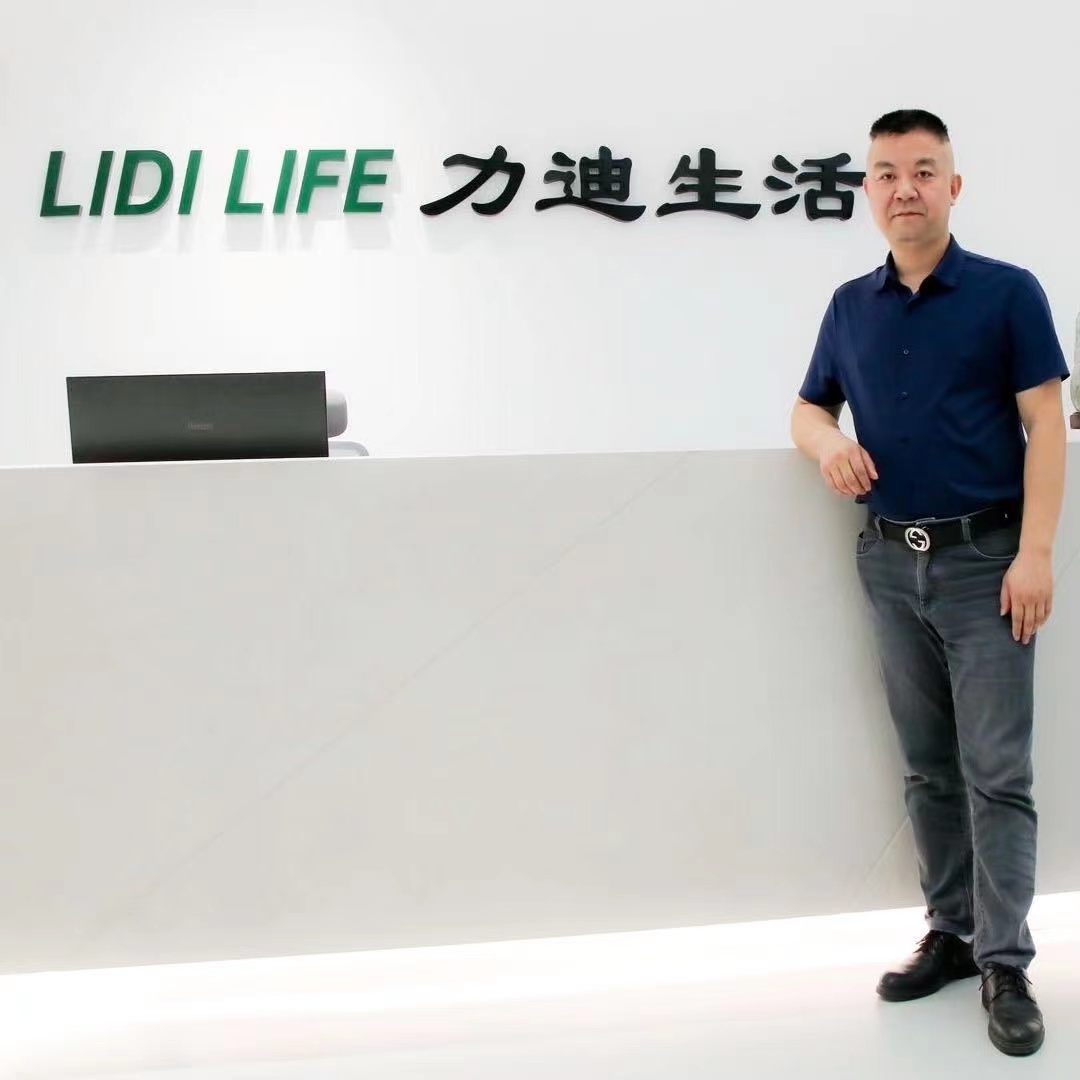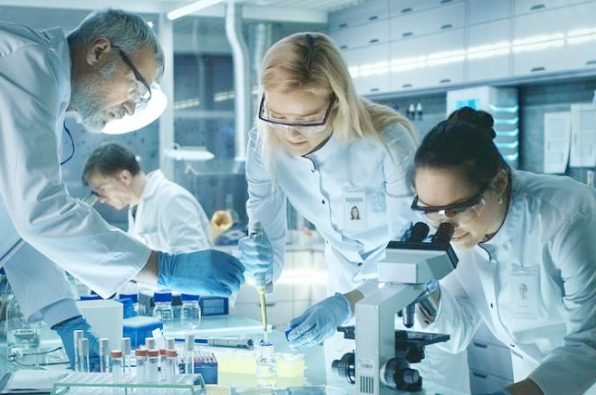Welcome to the official website of Xiamen Lidi Plastic Co., Ltd!
language
-
ABOUT US
Xiamen Lidi Plastic Co., Ltd., founded in 2005, is a modern enterprise with a complete industrial chain and a professional R&D and design team, production, sales and brand operation. The company's main business: disposable catering consumables and disposable medical consumables; specific products include: disposable PE gloves, fresh-keeping bags, plastic wrap, environmentally friendly garbage bags, stretch film, PS aviation cups, paper cups, tinfoil and medical protective masks. Medical surgical masks, medical band-aids, medical dressings, medical gloves and other disposable consumables. The workshop is planned and designed in accordance with the national "QS standardization", with an operating area of 35,000+ square meters, more than 400 professional production lines, and a monthly output of more than 39,00 tons.

- OUR CHAIRMAN
-

Chairman: Ye Guohua
Ye Guohua, male, Chinese nationality, currently serves as the chairman of Xiamen Lidi Plastic Co., Ltd. and Xiamen Yitiji Technology Co., Ltd.
Chairman of the Fujian Disposable Products Industry Association, executive vice president of the Xiamen Commerce and Trade Association, and chairman of the board of supervisors of the Xiamen Yanping Chamber of Commerce.
-
- PRODUCTS
- PRODUCTS
-
R&D
As an enterprise specializing in the production of disposable gloves, Lidi Company has passed ISO 9001 quality management system certification, ISO 13485 medical device quality management system certification, CE certification, FDA certification, State Food and Drug Administration (CFDA) certification, EN Certification and a series of qualification certifications to ensure the quality of its products and compliance with relevant standards.

-
DEVELOPMENT
Lidi firmly believes that QHSE (Quality, Health, Safety, Environment) is the company's core value and requires every employee to take it as their own responsibility. In addition to their leadership responsibilities, the company's line managers should also actively communicate, practice by example, demonstrate compliance with QHSE-related policies and standards, and ensure that employees always follow these standards at work. Lidi regards QHSE as a matter for all employees to participate in. Through continuous training and communication, employees are aware of their importance in safeguarding the company's values and long-term interests. The company will actively invest resources to continuously improve the QHSE management system to ensure its consistency with the company's strategic goals to achieve sustainable business development.

-
NEWS
Brand is the most valuable intangible asset of a company. Liddy's brand value not only comes from the commitment and persistence of high-quality products, but also includes the high value and positive response to customer reputation, as well as the brand trust established through long-term continuous efforts and high-quality services. These factors are intertwined to form the solid position and good reputation of the Lidi brand in the market, providing a solid foundation for its continued development.

-
INVESTOR
Xiamen Lidi Plastic Co., Ltd. is committed to establishing open and transparent investor relations, and by constantly listening to investors' voices and providing timely feedback on their concerns and suggestions to improve the company's market value management level. The company emphasizes long-term cooperation and win-win results in its communication with investors, and wins the trust and support of investors through integrity, transparency and a responsible attitude. In addition, Lidi Plastic actively participates in industry exchanges and investor activities to demonstrate the company's development strategy, performance and future plans to achieve joint growth of the long-term interests of investors and the company.

- Contact Us

 Disposable gloves
Disposable gloves  Medical supplies
Medical supplies  Daily necessities
Daily necessities  ODM+OEM
ODM+OEM 







